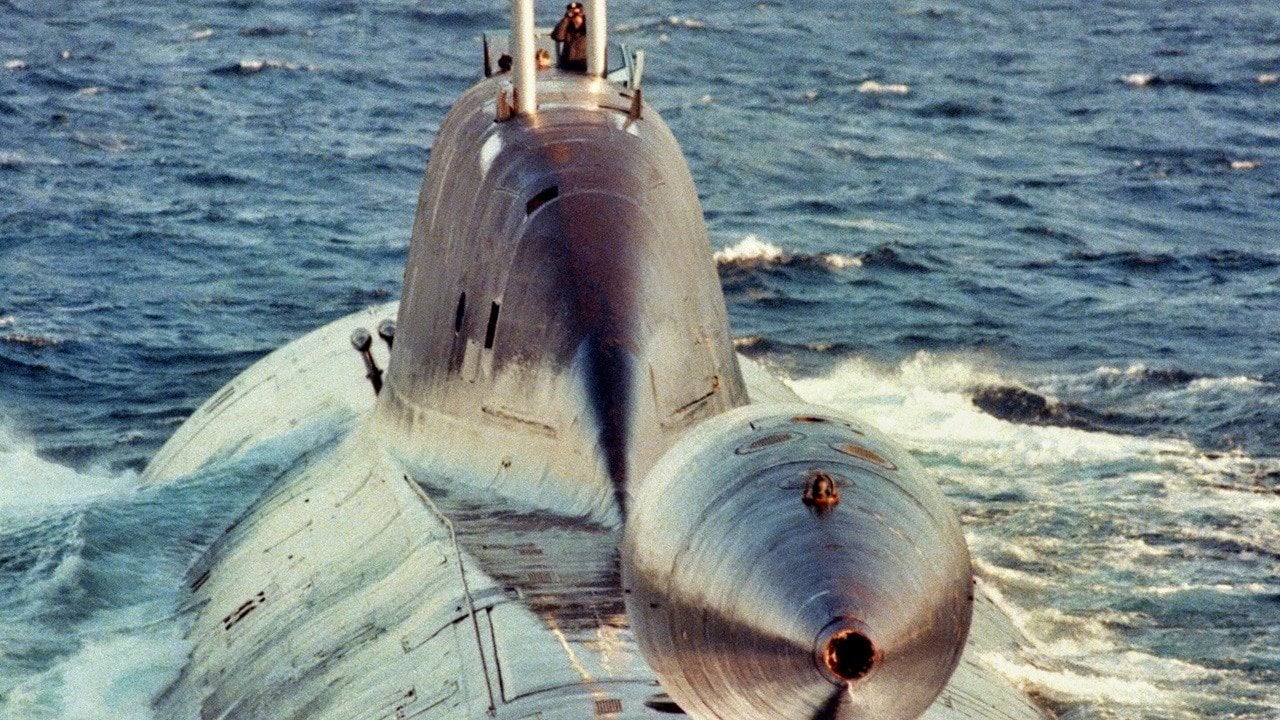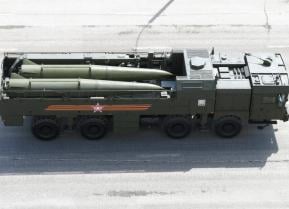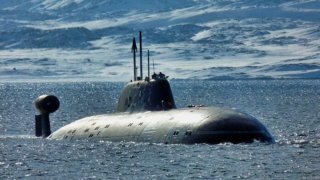Akula-Class Submarines: Russia's Powerful Naval Answer to the West
Despite a lack of resources, the Soviet Union fielded an impressive array of military equipment, including the Akula-class submarine, which demanded respect from Western rivals. On land, in the air, and at sea, the Soviets pushed the Americans to keep pace with their technological advancements.
Summary: The Akula-class submarine was a formidable Soviet Cold War innovation. Featuring a double-hull design for stealth and advanced sensors, it posed a serious challenge to Western navies. The Akula I was the initial version, followed by the even quieter Improved Akula I and the larger Akula II. One Akula III was built for the post-Soviet Russian Navy. These submarines packed serious firepower with torpedoes and potential cruise missile capability. The Akula's legacy highlights Soviet determination to rival the US in naval technological power.
A Submarine Class Like No Other
Despite a lack of resources, the Soviet Union fielded an impressive array of military equipment, including the Akula-class submarine, which demanded respect from Western rivals. On land, in the air, and at sea, the Soviets pushed the Americans to keep pace with their technological advancements.
At sea, the Soviets fielded a variety of impressive submarine designs, chief amongst them perhaps, the Akula-class, which was issued in three different variations. These Akula-class submarines became a symbol of Soviet naval power during the latter half of the Cold War.
Introducing the Akula-class
First built in 1983, with an estimated program cost of $1.55 billion (in 1995 dollars), the Akula incorporated a double hull system featuring an inner pressure hull and an outer, lighter hull. This double hull configuration allowed the Soviets more latitude in choosing the shape of their exterior hull design, a distinct advantage over many Western submarine designs. This advanced feature gave the Akula-class more reserve buoyancy than typically found in Western submarines. The Soviets crafted the Akula’s exterior hull to feature a distinct bulb shape on top of its rudder houses.
Onboard, the Akula carried a variety of sensitive technology, including a wake detection system and hydrodynamic sensors that could detect changes in water temperature or salinity. These cutting-edge sensors were located on the leading edge of the Akula’s sail and at the bottom of the hull, forward of the sail. Additionally, the Akula also carried an MGK-40 active/passive suite, Flank arrays, Pelamida towed array sonar, and MG-70 mine detection sonar. To support electronic warfare efforts, the Akula carried a Bukhta ESM/ECM, and could fire the MG-74 Korund noise simulations decoys, or the MT-70 Sonar intercept receiver Nikhrom-M IFF.
But the Akula was designated an attack submarine – and accordingly, she was outfitted with four 533mm torpedo tubes and four 650mm torpedo tubes. In total, the Akula carried 40 torpedoes. This powerful arsenal made the Akula-class a formidable foe. In addition to torpedoes, the Akula could also carry between one and three Igla-M surface-to-air missiles, which could fire Granat (or Kalibr) cruise missiles from the sail (but could only be used when the Akula was surfaced).
With one 190 MW OK-650B/OK-650M pressurized water nuclear reactor and one OK-7 steam turbine capable of producing 43,000 horsepower, the Akula-class submarine was capable of attaining between 28 and 35 knots when submerged, with an endurance of 100 days.
Updates for Akula-Class
The original Akula-class, known as the Akula I, was only the first iteration of this impressive submarine design that is still in service today. Seven original Akulas are known to have been made, and three are understood to still be serving today. But improvements were made to the Akula I, resulting in the “Improved Akula I,” of which six were made, and six are still in service today.
Only one Akula II was ever completed, K-157 Vepr. This updated version was about 10 feet longer than her predecessor and displaced 700 tons more. The larger space was used to carry additional quieting measures, a major concern for submarine designers. The Akula II turned heads in the West when she was deemed to be quieter than the most modern US attack submarines, the Los Angeles-class.
The Russians completed one Akula III, which became the first submarine commissioned into the Russian Navy after the Kursk disaster. Russian President Vladimir Putin attended the commissioning ceremony for the Akula III, which is longer, with more displacement, than the Akula II. This final iteration underscores the enduring legacy of the Akula-class submarine.

About the Author: Harrison Kass
Harrison Kass is a defense and national security writer with over 1,000 total pieces on issues involving global affairs. An attorney, pilot, guitarist, and minor pro hockey player, Harrison joined the US Air Force as a Pilot Trainee but was medically discharged. Harrison holds a BA from Lake Forest College, a JD from the University of Oregon, and an MA from New York University. Harrison listens to Dokken.


